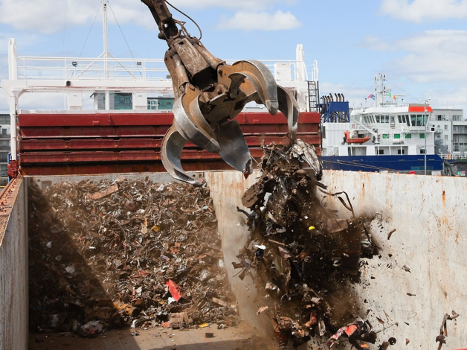-
call now
+357 99862288
-
Contact Us

Cargo we carry
Dry bulk commodities are usually divided into two categories:
Major bulks: (iron ore, coal, grain)
Minor bulks: (bauxite and alumina, phosphate rock, cement, fertilizers, forest products, petcoke, salt, scrap, steels, sugar). Major bulks account for nearly two-thirds of global dry bulk trade. Minor bulks cover the remaining one-third of global dry bulk trade
STEEL PRODUCTS
Profiles, Round Bars, Blooms, Pipes, Slabs, Wire Rods in Coils, Billets, Rebars/Debars, Hot/Cold-rolled Coils/Plates, Beams Includes both finished and semi-finished steel products
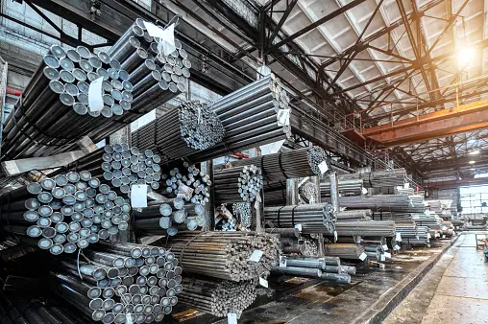
GRAIN / AGRICULTURAL PRODUCTS
Sugar, Peas, Sunflower Seeds, Corn, Wheat, Barley, Soya Beans, Heavy Grains Soya and Sorghum (HSS), Rice in bulk/bags 70% wheat and other cereals and 30% soybeans. Used for both human consumption and as animal feed
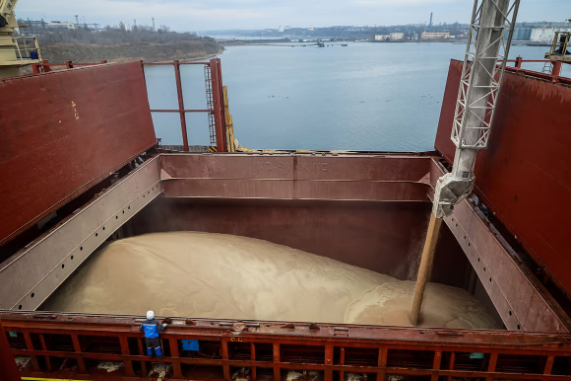
FERTILIZERS
Urea, DAP, MAP, TSP, Sulphur, Phosphate, Ammonium Nitrate Both natural and synthetic, that improve plant growth. The main nutrients are compounds containing nitrogen, phosphorus, potassium
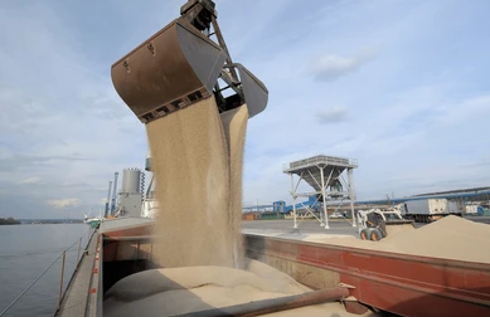
IRON ORE / PIG IRON / CONCENTRATES / MINERALS
Iron Ore/Pellets/Fines, Chrome Ore, Pig Iron, Manganese Ore, Bentonite, Slag, Mill Scale, Copper/Lead/Zinc Concentrate, HBI Used in production of steel. About 60% of iron ore exports come from Australia and Brazil
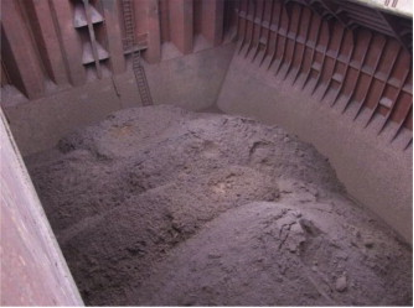
COAL / PETCOKE
Anthracite, Petcoke, Coke, Steam/Metallurgical Coal Primary uses are as thermal coal for power generation (80%) and as coking coal in steel production (20%)
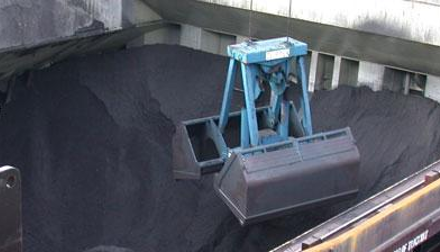
BAUXITE / ALUMINA
The principal ore used in aluminum production

SCRAP
Steel scrap is used as a raw material for new steel production. It is derived both from material left over from manufacturing and from recycling of machinery parts and surplus materials
